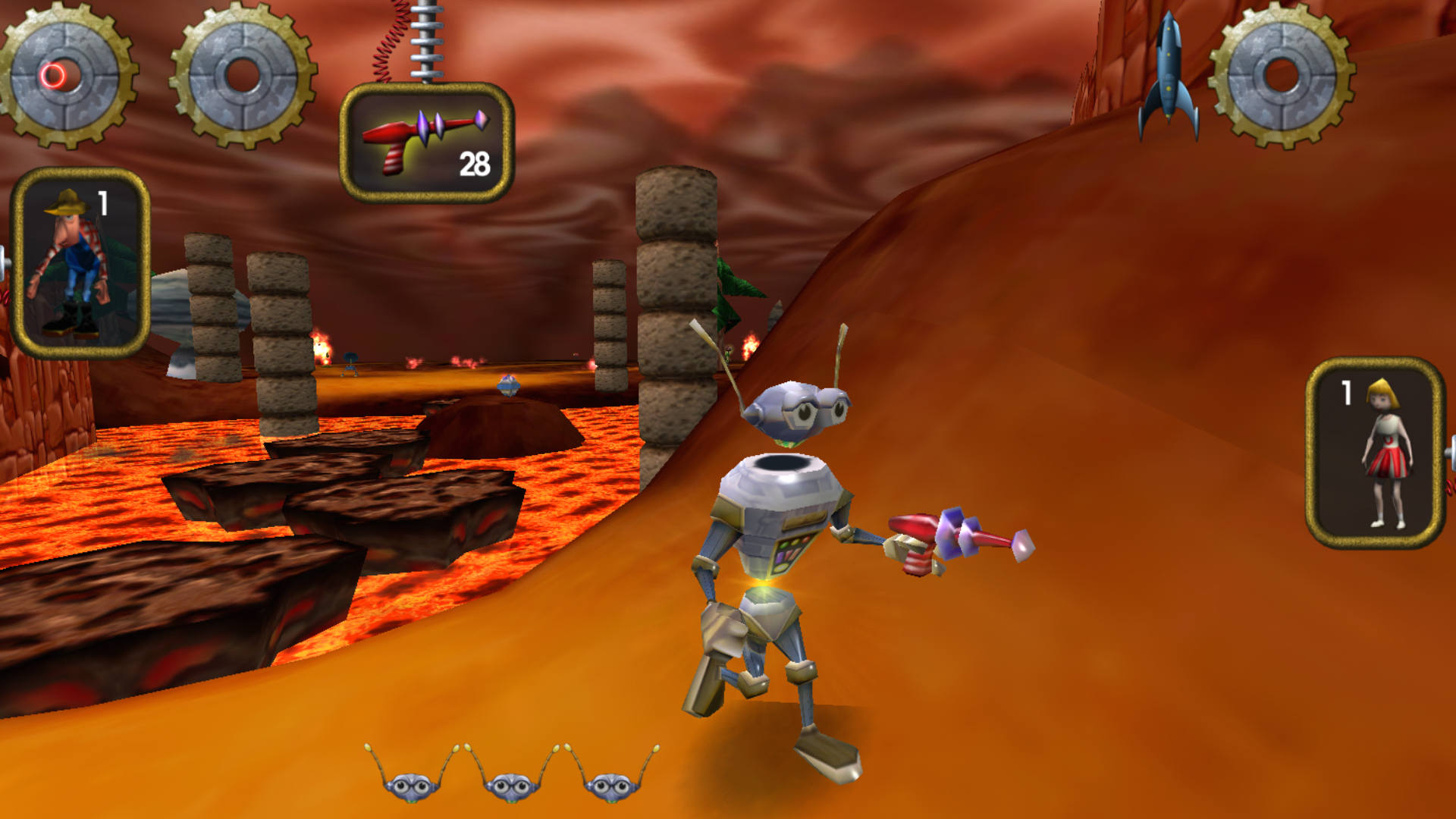

According to the Minor Planet Center, the space rock’s closest approach occurred on March 7 at 13:42 UTC (8:42 ET) at a distance of. Given that the asteroid approach is in 2016, you can use the much smaller DE430 ephemeris. Asteroid 2013 TX68 safely passed by Earth on Monday morning. Maybe you intended to name the de431t.bsp file? (In which case you must have more disk space free than I do - it’s 3.4 GB in size!) The problem is that no de431.bsp exists in that directory: Asteroid won't hit Earth but it will get close by Cornell University The asteroid 2013 TX68 will come fairly close to Earth in early March, but the exact time and distance of its closest. If an asteroid the size of 2013 TX68 were to enter Earths atmosphere, it would likely produce an air burst with about twice the energy of the Chelyabinsk event.
#2013 TX68 OTTO MATIC CODE#
You can edit the source file by hand for now if you want to see the error message which your code is trying to print, which is: OSError: cannot get. This fix will be in the next version of Skyfield (and thanks for pointing out the problem you ran into!). Raise IOError('cannot get '.format(url, e)) > data431 = load('de431.bsp') # few seconds delay, and then:įile "/Users/yournamehere/anaconda2/anaconda/envs/myenv/lib/python2.7/site-packages/skyfield/iokit.py", line 43, in loadįile "/Users/yournamehere/anaconda2/anaconda/envs/myenv/lib/python2.7/site-packages/skyfield/iokit.py", line 74, in download

#2013 TX68 OTTO MATIC HOW TO#
Question: How to handle this error? And, more broadly, how to start using orbital solutions of asteroids in Skyfield? > data421 = load('de421.bsp') # this worked The rock, which is 30 metres wide (100ft) and named 2013 TX68, was spotted three years ago by astronomers in the US scouring the skies for potentially threatening near-Earth objects (NEOs. You must rescue as many humans as you can while defeating the Brain Aliens and all of their evil followers. I tried to load DE431 into Skyfield out of curiosity to see if I can learn how to use these kinds of solutions (which can include substantial uncertainty sometimes) but I was stopped immediately by an error shown below. You are Otto Matic, the robot who is given the job of saving Earth from the clutches of The Giant Brain from Planet X. Screenshot (Feb 5, 2016) from which I found here. This NASA webpage describes the close approach of asteroid 2013 TX68 on Maand shows a probability distribution of the point of closest approach based on the only data available at this moment - three or four days of measurements in October of 2013.


 0 kommentar(er)
0 kommentar(er)
